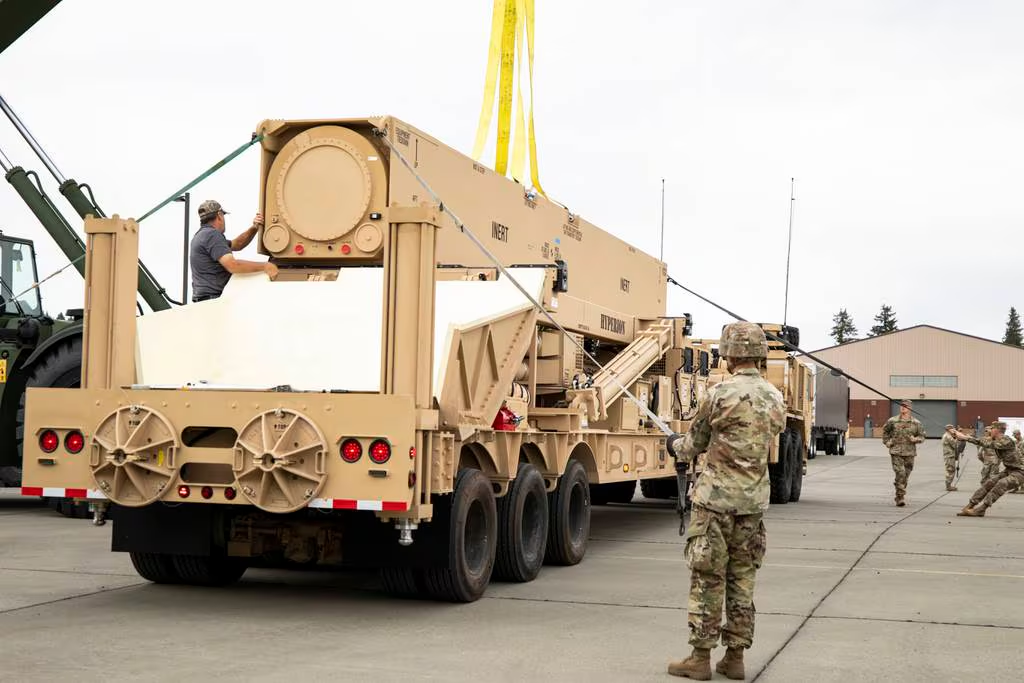
The race for hypersonic weapons, which are systems capable of traveling at speeds exceeding Mach 5 while maintaining maneuverability, has intensified recently. Global powers like China and Russia have made significant strides in this arena, fueling the United States’ drive to field its own suite of hypersonic capabilities. The upcoming Navy test of the Common Hypersonic Glide Body (C-HGB) is a pivotal milestone in this endeavor, holding significant implications for the Army’s parallel ground-based hypersonic weapon program.
The Navy Prepares: A Closer Look at the Test
The Navy’s test of the C-HGB, initially scheduled for spring 2024, will provide critical data for both the Navy and Army hypersonic weapons programs. While the specifics of the test parameters remain classified, experts anticipate that the test will focus on validating the C-HGB’s performance when launched from a platform representative of a shipboard environment. The C-HGB, the core non-propelled component of the hypersonic weapon, houses the warhead, guidance system, and other vital subsystems. The outcome of this naval test will directly inform the Army’s preparations for its own ground-based launch of the C-HGB, demonstrating the value of inter-service collaboration on this crucial technology.
The Army Angle: Shared Insights, Distinct Applications
The Navy’s test results will offer valuable information for the Army as it develops its ground-launched hypersonic system. Understanding the C-HGB’s behavior in different launch scenarios will assist the Army in tailoring booster systems and launch platforms for optimal performance from land. The potential for shared knowledge and streamlined development highlights the benefits of an integrated approach to hypersonic weaponry within the U.S. defense community.
Hypersonics and the Future Battlefield
The successful development of the C-HGB and its integration into both sea and ground-based systems promises to shift the paradigm of modern warfare. Hypersonic weapons offer a unique combination of speed, maneuverability, and range, making them difficult to defend against with traditional interceptor systems. In effect, this could significantly enhance U.S. deterrence capabilities while offering new options for long-range precision strikes.
However, hurdles remain before hypersonics achieve widespread deployment. The cost, complexity, and technical challenges associated with reliably producing hypersonic weapons necessitate substantial investment and sustained research and development efforts.
The Navy’s imminent hypersonic test marks a significant turning point in the joint Army-Navy hypersonic weapons program. The insights generated from this test will accelerate the development of both ground and sea-based systems, positioning the United States to maintain a competitive edge in this rapidly evolving technological domain. While obstacles persist, inter-service collaboration in hypersonics remains a crucial factor in optimizing this game-changing technology. It’s important to consider how ongoing developments in hypersonic weapons will mesh with existing U.S. military capabilities and defense strategies to ensure an integrated approach that maximizes effectiveness in potential future conflicts.
